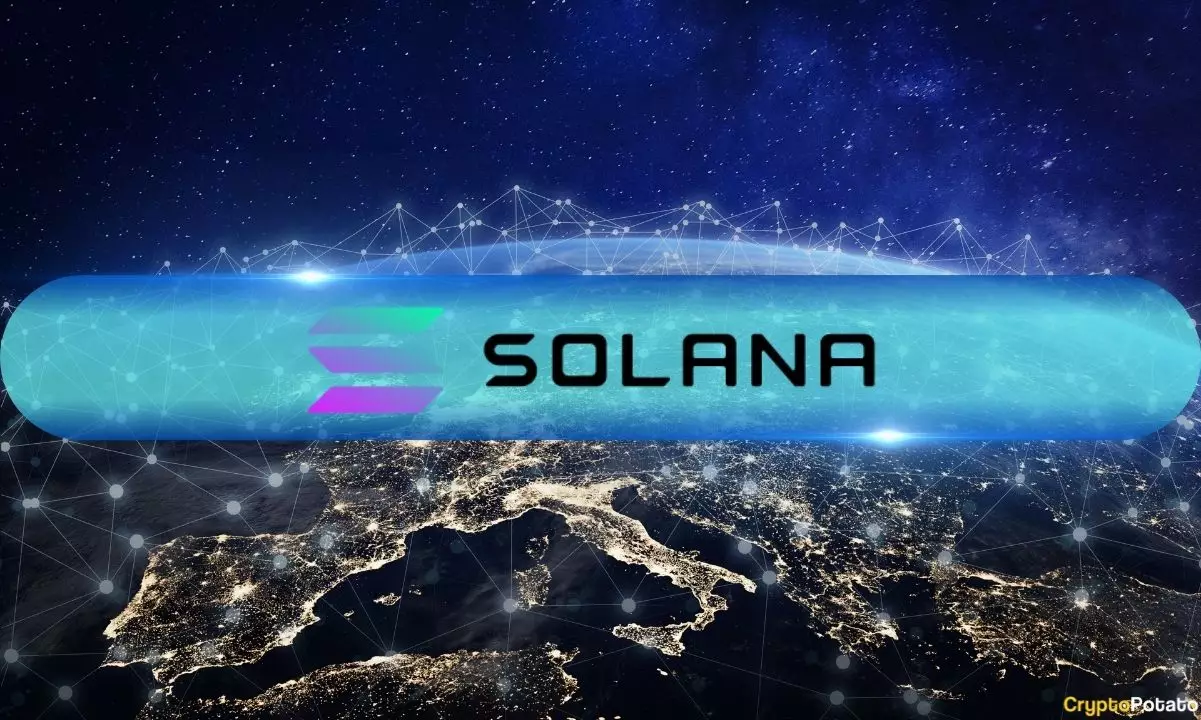The landscape of blockchain development has witnessed a remarkable shift, as evidenced by Electric Capital’s 2024 Developer Report, which marks a significant milestone for Solana. For the first time since 2016, Solana has surpassed Ethereum in attracting new developers, a feat underscoring its rapid ascension within the blockchain ecosystem. Over the past year, Solana welcomed a staggering 7,625 new developers, translating to an impressive 83% increase compared to the previous year. This surge not only accentuates Solana’s incredible growth but also signals a burgeoning developer community eager to contribute to its evolution.
The report, which analyzed over 902 million code commits across approximately 1.7 million repositories, revealed that Solana’s developer community is currently the most vibrant among major blockchain networks. This growth has been particularly pronounced in Asia, with Solana emerging as the most favored platform for novice programmers in India, and ranking highly in other major markets including the United States, the UK, Canada, and China. Such global engagement showcases the platform’s capacity to resonate with developers across various cultural contexts, driven largely by its community-focused initiatives and an unwavering commitment to scalability.
Solana’s ascendancy is not merely a numbers game. In 2024, the platform secured over 81% of all decentralized exchange (DEX) trades and accounted for 64% of NFT mint transactions across all blockchain networks. Moreover, it has cultivated a staggering 1.7 million users interacting with its wallets—seven times greater than its nearest competitor. These metrics not only highlight Solana’s functionality in decentralized finance (DeFi) and NFT markets but also illustrate its commitment to delivering low-fee alternatives that are increasingly sought after by users in a landscape often plagued by high transaction costs.
Ethereum’s Continued Influence
Despite Solana’s rapid advancements, Ethereum remains a formidable presence in the blockchain ecosystem. While the latter experienced a slight downturn, onboarding 1,169 fewer developers than Solana, it retains its dominance in big-picture metrics like monthly active developers and overall code commits. Notably, 70% of Ethereum’s code contributions come from seasoned developers with more than two years of experience, underscoring the platform’s established base of contributors. Nevertheless, the ongoing diversification trend within the crypto industry, where one in three developers now contributes to multiple chains compared to less than 10% in 2015, suggests a shift in how developers are leveraging blockchain technology.
Solana’s recent achievements, including outpacing Ethereum in various performance metrics, signify a pivotal moment in blockchain development. It broke records in weekly transaction fees and maximum extractable value (MEV) tips earlier this year, while also achieving an incredible milestone with its DEX trading volumes, surpassing $5 billion consecutively for three days—an unprecedented achievement in its history. These accomplishments reflect a growing appetite for innovation and competitive spirit within the blockchain space. As the narrative unfolds, it will be intriguing to observe how Solana and Ethereum will continue to shape the future of decentralized applications and the broader crypto markets. The emergence of new players like Solana serves as a reminder of the dynamic and ever-evolving nature of the blockchain ecosystem, where adaptability and community engagement are key to sustaining growth and relevance.















